Log ind info
Realdania By & Byg owns and preserves a collection of historic buildings that represent the development of Danish building heritage over 500 years. We also develop innovative and experimental buildings, and we are involved in long-term urban development projects in partnership with municipalities. See our full project list below.
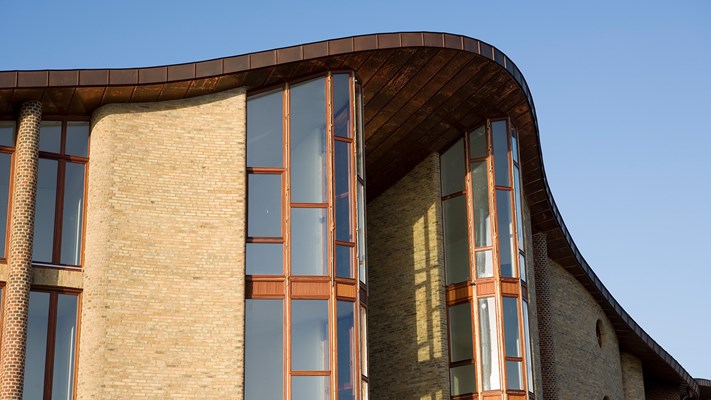
The complex of buildings known as Bispebjerg Bakke in the northwest district of Copenhagen comprises 135 exclusive rental properties spread across 11 buildings constructed with respect for their surroundings and built using natural materials shaped by hand.
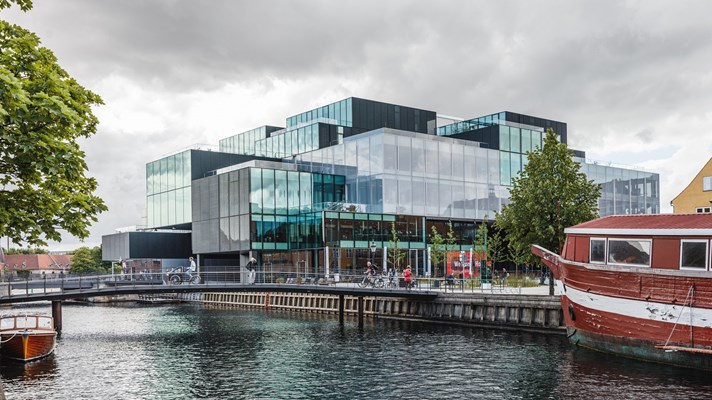
BLOX provides a forum for urban living, forges connections between the residents of Copenhagen Harbour and stimulates interest in architecture, design and sustainable urban development through exhibitions, events, business development and new partnerships. BLO...
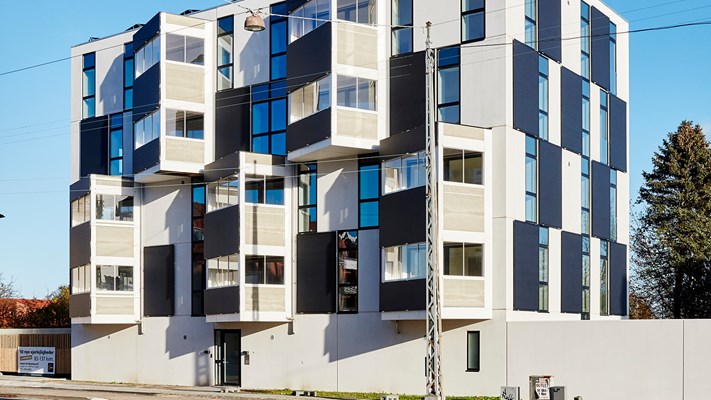
BOLIG+ is Denmark's first active energy-producing, energy-neutral multi-storey residential property with focus on healthy homes, optimal indoor climate and quality of life - whilst remaining an affordable construction option. The building is a part of Realdani...
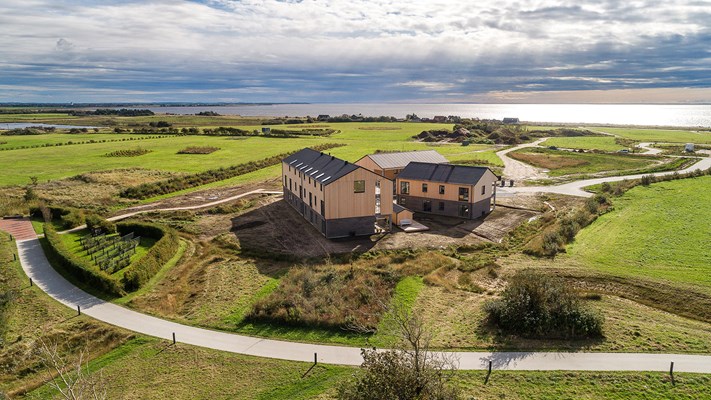
How can communal housing for the elderly help foster togetherness, improve quality of life and reduce loneliness among the elderly? This is a question which the development of innovative communal housing for the elderly in Ringkøbing’s new residential neighbou...
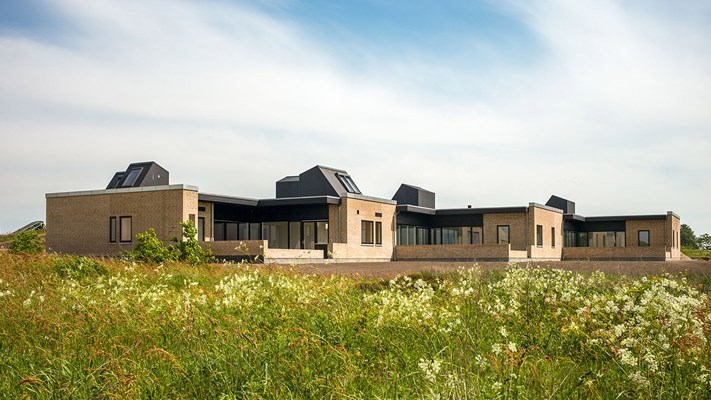
Healthy Homes is a 1:1 scale demonstration project in Holstebro, which seeks to bring together research and practice and explore the possibilities for improving the indoor climate in Danish homes through better use of building materials, construction practices...
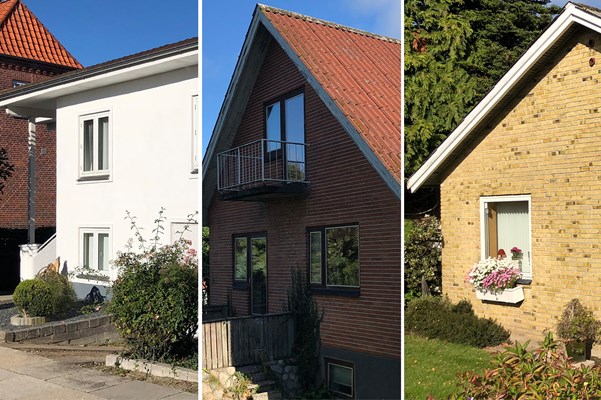
Three period properties and three test families form the basis of a new indoor climate project launched by Realdania By & Byg. The project sets out to educate the Danish public about how to go about ensuring a healthy indoor climate when renovating a home.
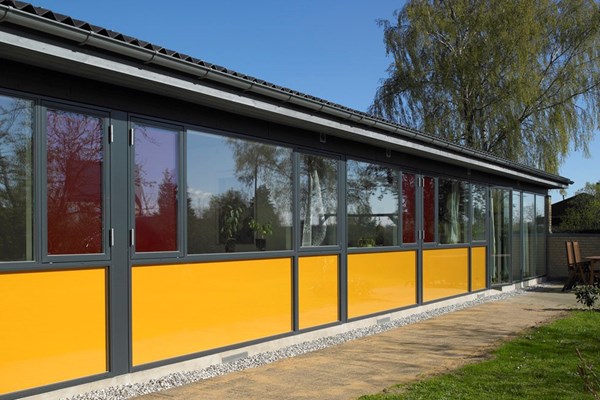
Lower energy bills, improved health, and better quality of life were the goals of a project launched by Realdania By & Byg in 2007 with the title “Home Energy - New energy for your home”. The focal point of the project was energy refurbishment of four houses i...
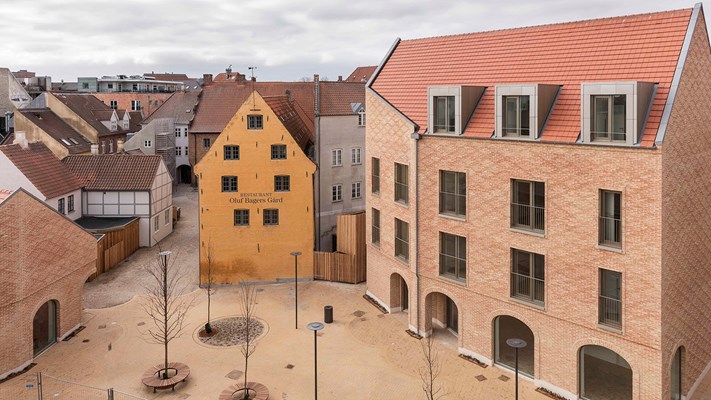
Oluf Bager's Square is in the process of being transformed into a lively and green oasis in the heart of Odense to unite the city's past and future. The square and two new buildings on the square are part of Realdania By & Byg’s work to build new experimental...
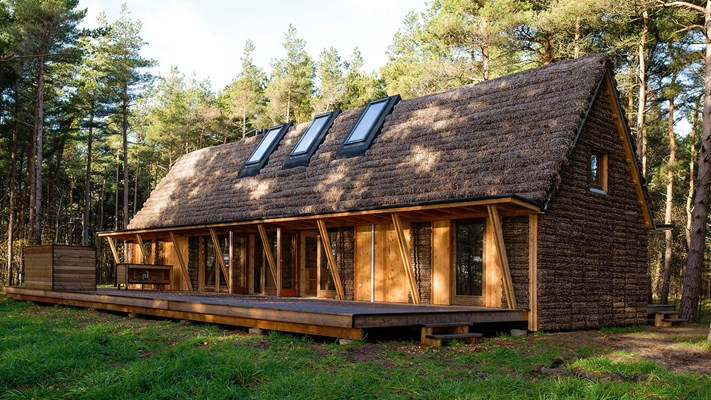
The Modern Seaweed House shows how it is possible to borrow from Læsø’s long tradition of thatching houses with seaweed to build modern economically and environmentally sustainable properties – with seaweed used throughout the house’s construction. The Modern...
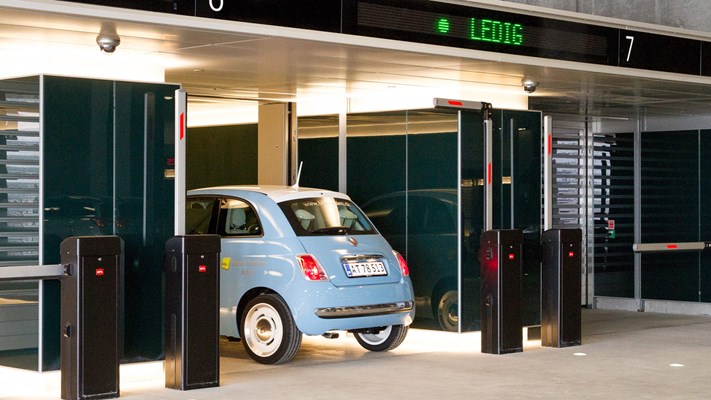
The Car Park is part of the Dokk1 project at the Port of Aarhus, and is Europe's largest and most state-of-the-art automated car park, with space for 972 cars.
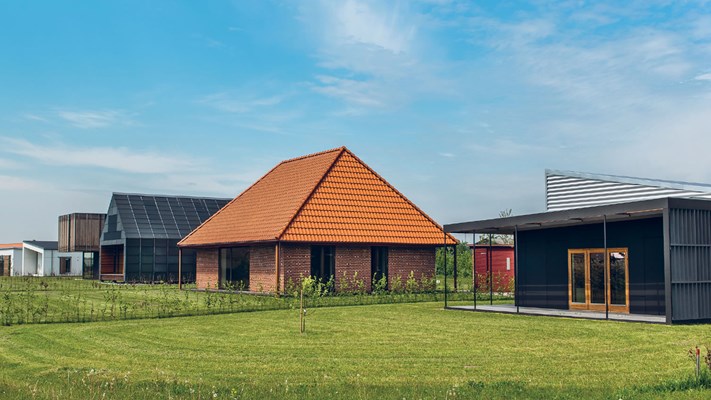
Six experimental houses in Nyborg demonstrate how we can reduce carbon emissions by 45 percent when building prefabricated homes. The first five houses each in their own way demonstrate new ways of creating low-carbon-emission homes. The sixth house builds on...
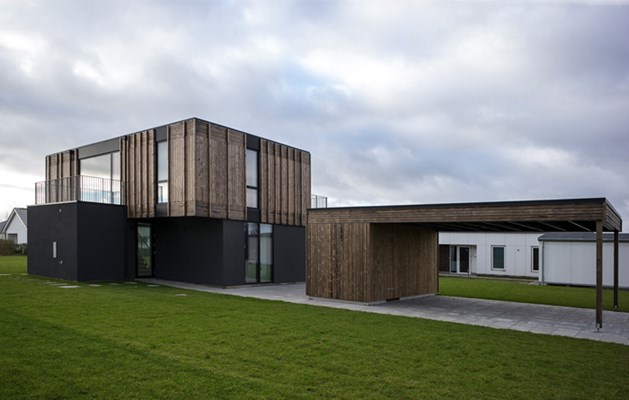
Most homeowners carry out ongoing alterations to their homes as their families grow or their needs change. These alterations can incur a high cost in terms of carbon accounts, and it is precisely this challenge that The Adaptable House sets out to address.
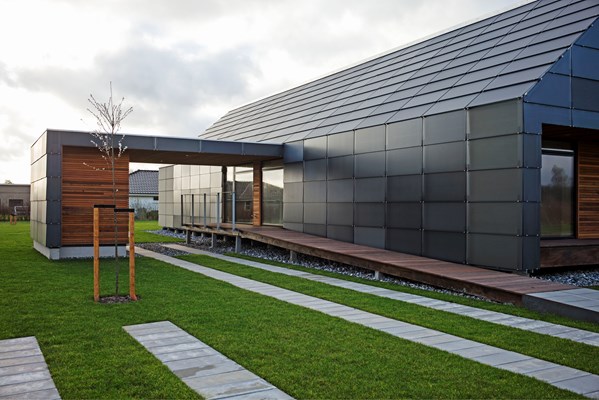
The lifetime of a building and its maintenance are key factors in reducing a house's carbon emissions. So there is a strong incentive to try to increase the lifetime of a house from the typical 50 years to three-times this lifespan. With a lifetime of 150 year...
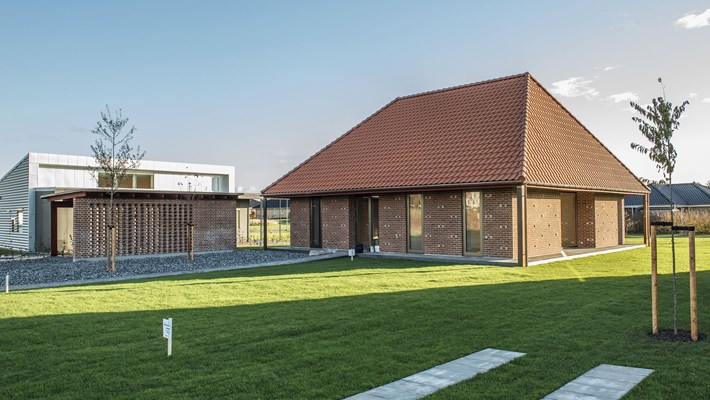
The lifetime of a building and its maintenance are key factors in reducing a house's carbon emissions. So there is a strong incentive to try to increase the lifetime of a house from the typical 50 years to three-times this lifespan. With a lifetime of 150 year...
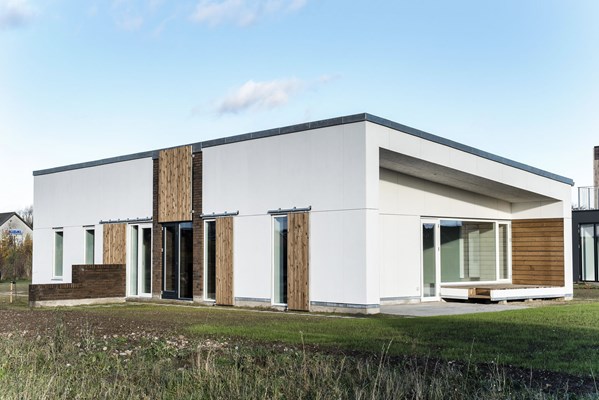
The occupants of a house play a very important - and very unpredictable - role in the level of carbon emissions. So there are potentially large savings to be made in residents’ consumption of heat, water and not least electricity.
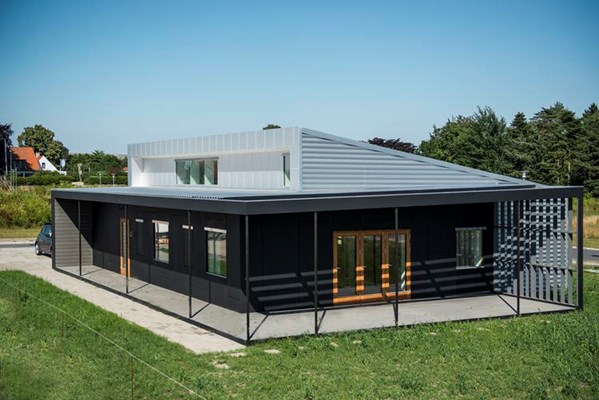
When building a house it makes sense to recycle materials which have already paid their carbon bill, as it were. Or better yet: Develop processes which enable the upcycling and recycling of unusable materials in new building materials with greater utility valu...
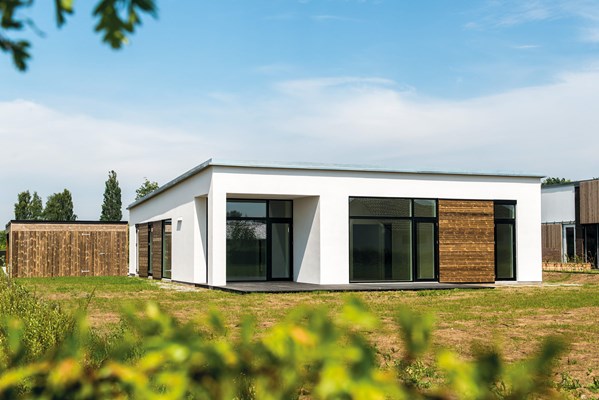
Most homeowners carry out ongoing alterations to their homes as their families grow or their needs change. These alterations can incur a high cost in terms of carbon accounts, and it is precisely this challenge that The Adaptable House sets out to address.
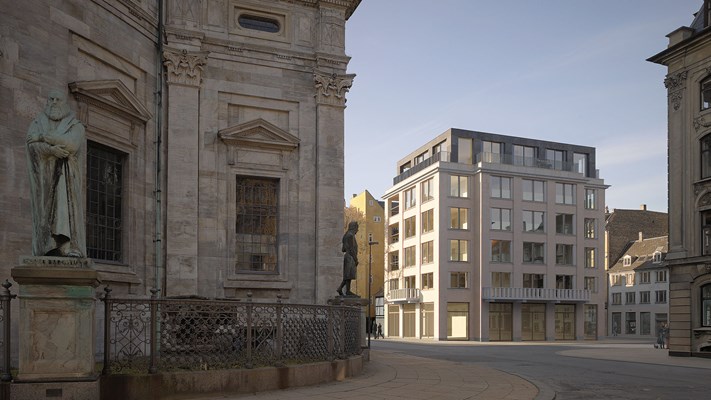
The block of flats, Tietgen’s Agony, in Copenhagen is the last in a series of buildings constructed in the nineteenth century under the patronage of the financier C.F. Tietgen in the area surrounding Frederik's Church.